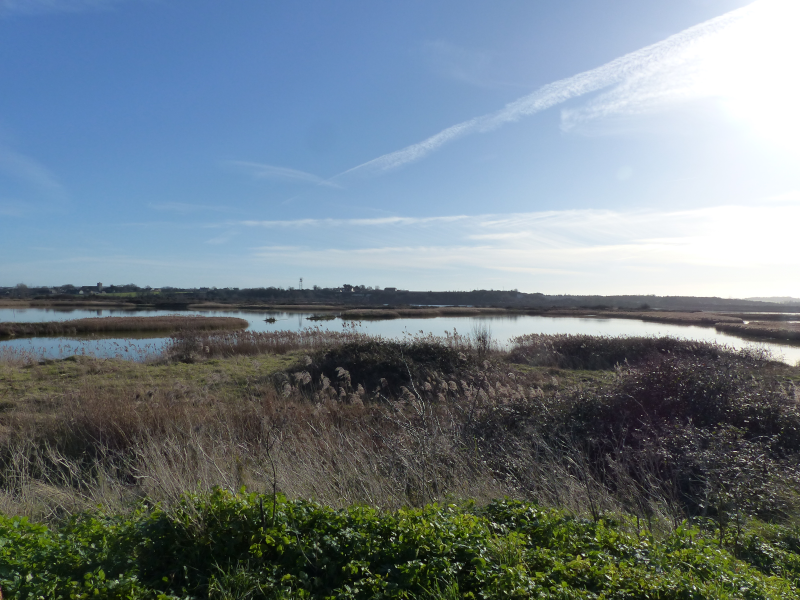Average Birding

Winter in North Kent
A much-better organised birding ally of ours corrals a dozen of us into a midweek stay at Elmley Nature Reserve. We round the stay off by extending our visit to Kent into the next weekend. Birds are seen. Sandwiches are forgotten.
This post covers the events of January 26th-30th, 2022.
Elmley
Is our first stop. We pick up two and a half of the crew from the station and they get the usual introduction to the reserve - the track from the main road. The following creatures came out to greet us.



The trip has been sold on the strength of Elmley's owl game. Elmley is ready for us here, because as we reach the car park, there's one moodily surveying the orchard area.
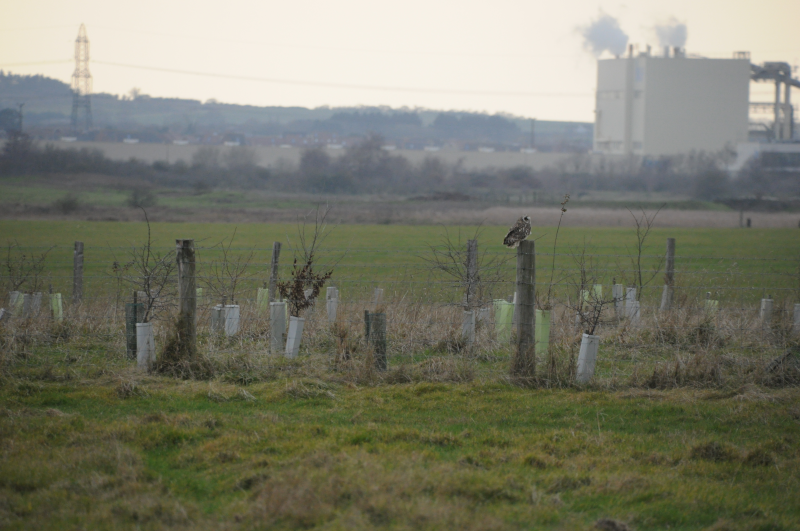
We slowly assemble the rest of the crowd and a few short orienting walks are taken around the reserve - we don't get further than the first screen over the Swale though. Vast quantities of chilli are consumed and early nights are had - we're going to try the walk to Spitend hide tomorrow.
We go for a quick explore in the morning to try to find the Little Owl pair that hang in a nearby ruin, but they aren't playing ball. We get everyone out of the house in surprisingly good order and march off toward Spitend.

We make good time - as ever, there's not that much going on, so distractions are few; a Stonechat or two, a flyover Grey Heron or Little Egret. The occasional distant Marsh Harrier is a tricky bird to get a mixed ability group on to.
We descend into the first hide for a snack, and a clinic on ducks. It's Winter, and we've got enough species here to beat the average park, and the light's good enough to pick out all of the diagnostics. There's also a few Common Snipe to find as a separate challenge. Levels of enthusiasm for this are mystifyingly high, and the rest of the trip suggests that some of the knowledge may actually have stuck. People can learn!
We plod on to the end, pursuing some brilliantly clichéd French teenagers; they each have a baguette stowed in the side pockets of their backpacks. We eventually get to Spitend, and discover
- There's some nice Reed Buntings in the reedbed
- We've forgotten our sandwiches, and this is very irritating
- The teenagers have taken up residence in the hide and cannot be moved
Taking a look from the side of the hide though, we perhaps aren't missing much - previously the mud overlooked by the hide has been full of chunky Grey Plover, but even having arrived at the right point in the tidal cycle, there's only a small assortment of plovers, Knot, Dunlin and Curlew. I wonder where the rest of them are?
We traipse back to the cottage in time for an officially guided walk around the site as the sun goes down. It's a good walk, with excellent commentary - we learn a lot of things about the site which I immediately forget. Once we see our first Shorty in the orchard, owls are almost constant. The only owl interruption is by a shedload of Marsh Harriers coming into roost towards the paper mill; easily thirty or forty drop into the reeds in the ten minutes or so that we watch.
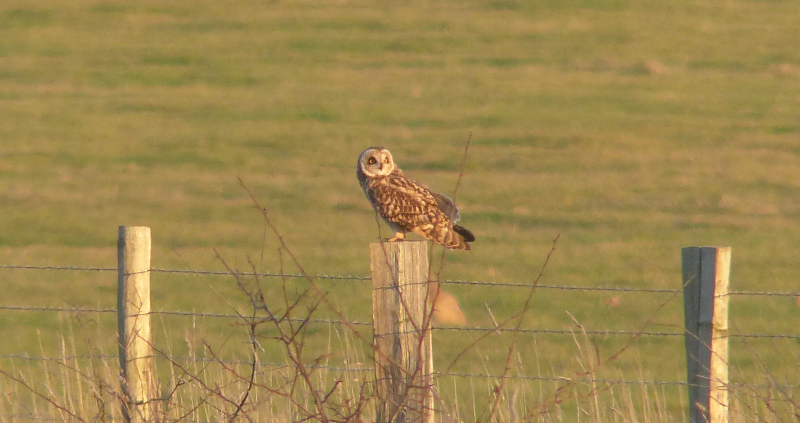
Heading round into the fields on the East side of the orchard, more Short-eared Owls are patrolling at the fields edges off to our left. The guide tells us some more about this location. I'm not really paying attention though, because it looks like one of the more distant owls is a Barn Owl. We get almost everyone on that before it drops below some lumps in the land at the edge of the field. Top owling.
We retreat back to the cottage for more oversized portions of food.
The next morning arrives; further visits are made to the orchard (still no Little Owl) and the Swale screen. The colours from the sunrise are spectacular.
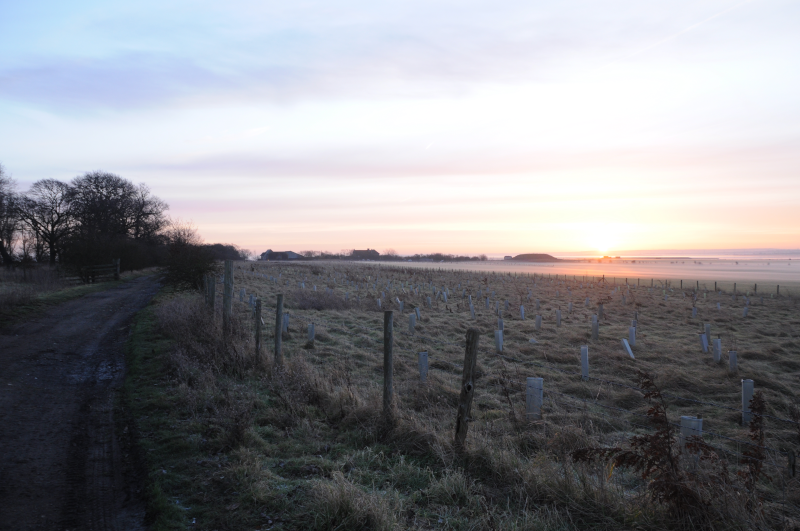
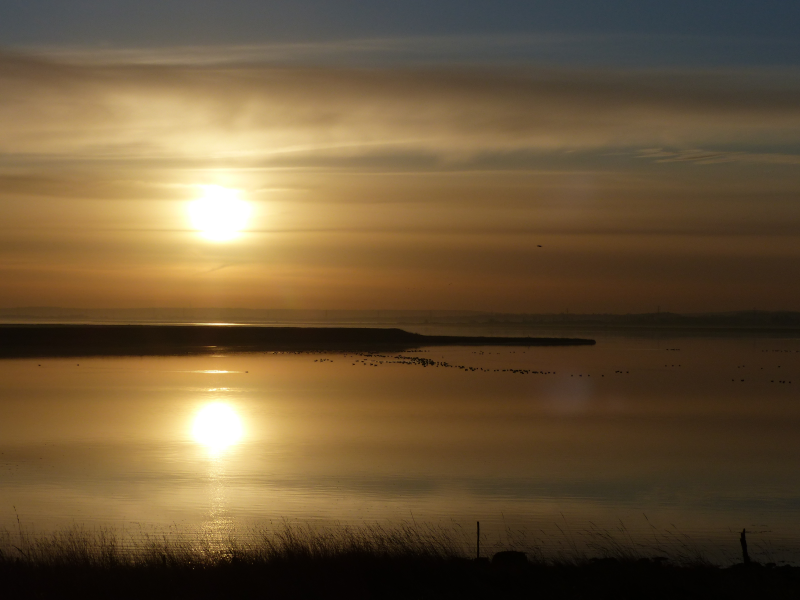

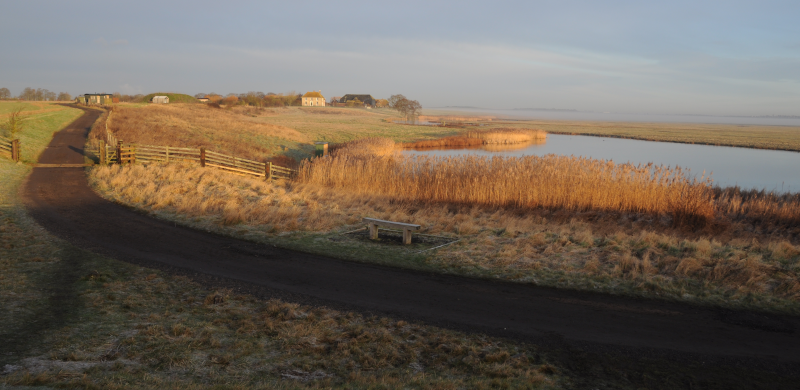
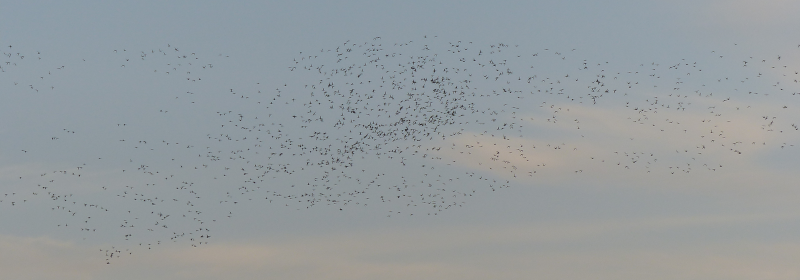
It's with a small degree of sadness that we head back to the cottage to pack up.
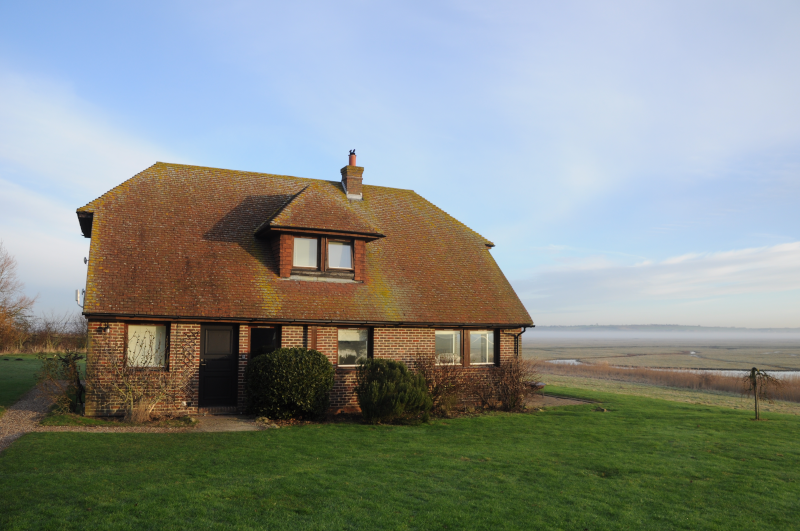

Oare Marshes
We drop a few folks back at the station and head to another favoured haunt: Oare Marshes. There is, perhaps, less happening here than there might be in July or August but we do find some excellent Pintail and play the usual game of "Spot The Turnstone".
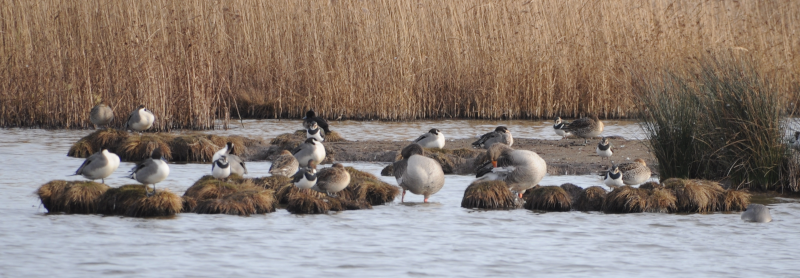
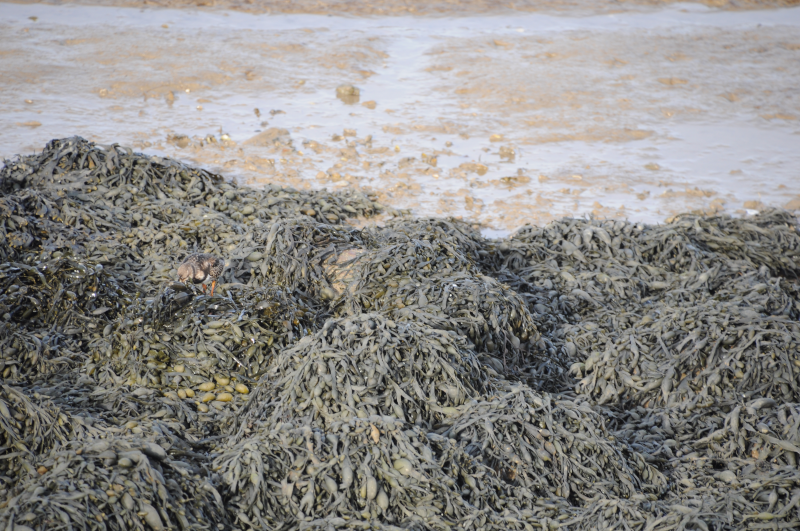
Stodmarsh NNR
We find we still have time for one more visit and so head to Stodmarsh NNR - we're staying overnight in Canterbury, so its location is convenient. I also have a faint memory of coming here in 2015 and getting good views of Bittern.
We find our way to the Reedbed hide, which offers excellent views of a bloody great reedbed. It's here I previously found Bittern as the sun went down - we're a bit early for that, so we take a good look at everything (lots of Teal, a Marsh Harrier or two, a surprising number of Greylag Goose) before heading out elsewhere.

We make for the Tower hide, briefly halting to consort with a very confiding Robin, and to peer hopefully into a stand of trees in the hope of an interesting finch or two. We do find a Treecreeper, but our finches are limited to a surfeit of Chaffinches.
The Tower Hide doesn't have a lot to offer other than a brief break from the cold, so after a quick snack, we explore a little more of the trail out to the river. We quickly decide that a slow walk back to the Reedbed hide (ideally via the wet woodland trail, in hope of Bullfinch) is all we've got left in us.
Our second visit yields an entertaining staged exodus of the geese - they leave in small groups; each group's exit is preceded by a couple of minutes of exciting honking while the geese work out who will make up the next cohort. The previously sleeping teal are undisturbed. There's no sign of Bittern, but we do pick up several Marsh Harriers coming in to roost.

A roost is what we now seek, and we head back into Canterbury for vittles and lodging.
Blean Woods NNR
This is rumoured to be a place where we can find Lesser-spotted Woodpecker. This has previously been a bit of a bogey bird for us, so we're keen to clap eyes on one so we can verify its continued existence.
We go on a medium length circuit from the main car park (trying to find a copy of the trail map on the internet has proven fruitless, as ever). We spend a lot of time stopping and listening, scanning mixed flocks of tits and finches for more exciting interlopers.
The best we manage for the first hour or so is this excellent Nuthatch.
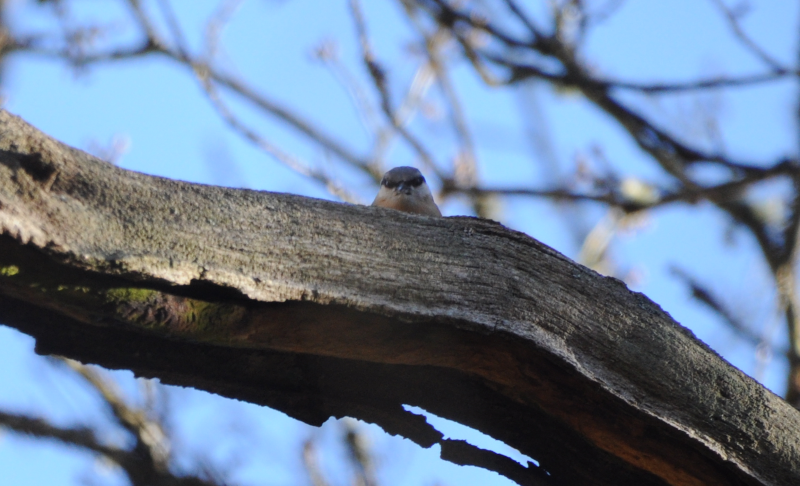
By the time we've reached the high point of the trail and started descending back to the car, we've almost given up. On the incline though, we encounter the biggest foraging flock so far - all the usual suspects are involved, Blue, Great, Coal and Long-tailed Tits. There's even a wintering Chiffchaff involved. An extra bird that's none of those species flies in and emits a call we don't recognise. It is unbelievably hyperactive - we struggle to get eyes on it, never mind bins or a camera. Our original assumption of Goldcrest isn't right - it's too big, and the wrong colour palette. Eventually it stays still long enough for us to resolve that it's a Lesser-spotted Woodpecker. Bogey bird status: demolished. Passing dog walkers are perplexed by the little victory jig that follows.
Did we mention how ridiculously warm it is?
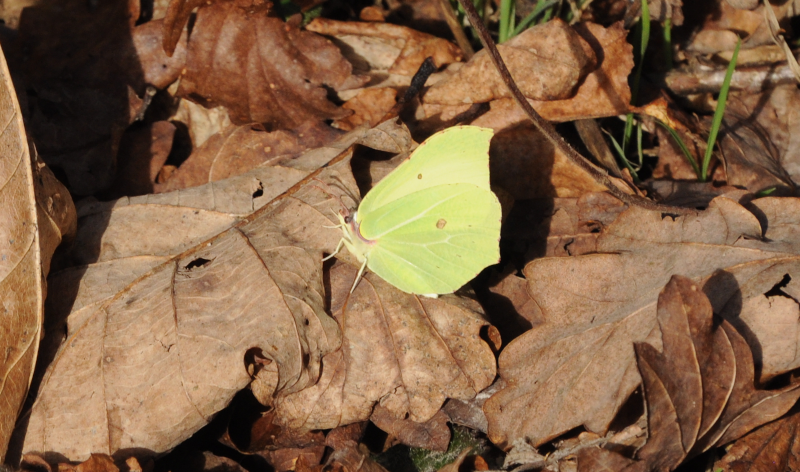

Mad.
To dispel the warmth, we head coastwards. A rapid trip to Swalecliffe (previously a site where I've found Snow Buntings) is made more rapid when we see that the beach area is overrun with people when they should basically be absent. The catatonic sea breeze doesn't help either.
Uncowed by this experience, we opt for one further site visit, to Reculver towers. This is just as windy, but the shore-line is less disturbed, and the marshy bit behind the sea wall has a wader or two to give up. AB2's distaste at the weather is tempered somewhat by the availability of Ringed Plover. We still don't manage long here before deciding a return inland in search of dinner is required.
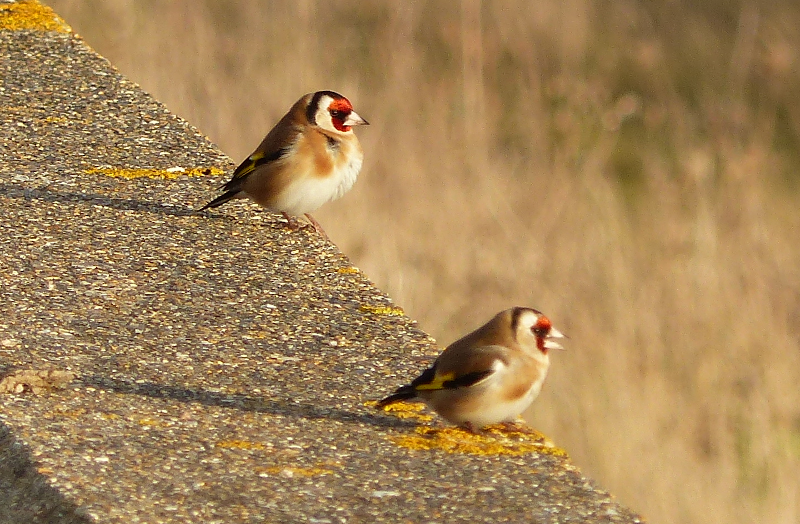
Sunday: Cliffe Pools
We do, at some point, need to make our way home today. We opt for one last stop on the way at another favoured haunt: Cliffe Pools RSPB.
We take our preferred route out through the reserve, keeping the Radar and Flamingo pools on our right. Reaching Cliffe creek, we look back at the muddy edge of the Flamingo pool to see what waders lurk there. Several hundred Dunlin and Golden Plover, is the answer. Not a bad haul!
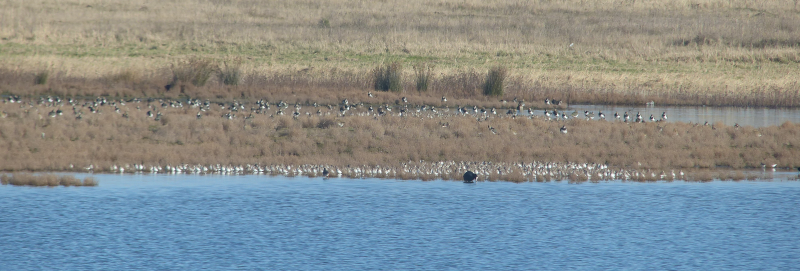

We complete the circuit via Mead Wall, where, as is traditional, we are greeted by a Stonechat.
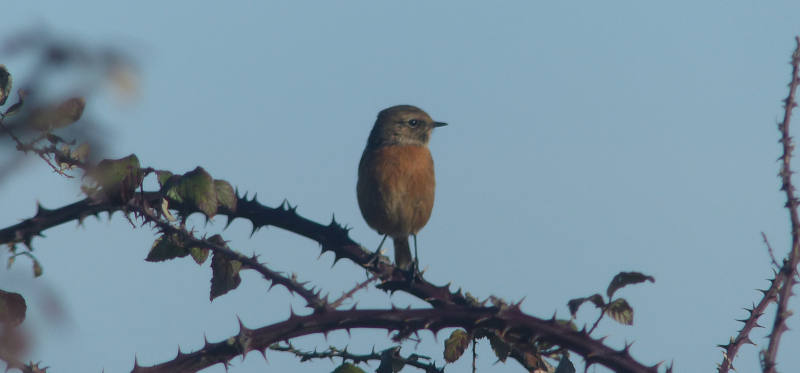
We return to the car park without further incident. The weather's still ridiculous for late January, as evidenced by this view from the pinnacle.
